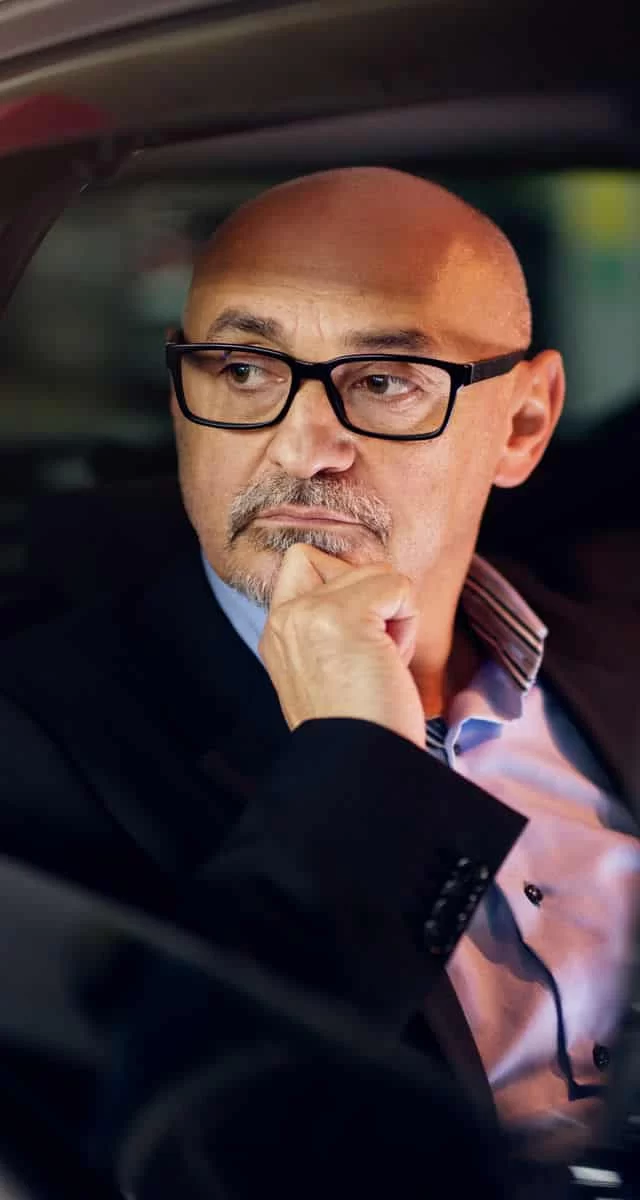How dark can window tint be in Washington?Washington State window tinting law
Are you looking for " What is the darkest legal tint in Washington state? or "Washington State window tinting law or regulations? ".
For regular cars is that the percentage of window tint for the front doors, back , and rear window has to be not less than 24% with a tolerance of 3% and a 6" brow on the windshield.
The Visible Light Transmission is also called VLT%. This measures the light that can pass through the film and the window that is why you have to install a lighter than 24% window tint since the majority of automotive glass already blocks a small amount of light.

Washington State window tinting law
- Front and Back Side Windows: Must permit over 24% of light to pass through.
- Windshield: Only non-reflective window tint is allowed on the top 6 inches.
- Rear Window: Also must allow more than 24% of light.
Reflectivity Rules for Window Tint law in Washington
Some window tint films contain metallic elements to reflect light and reduce glare. In Washington State, the reflectivity rules for window tint are:
- Front and Back Side Windows: Reflectivity should not exceed 35%.
- Windshield: can’t be reflective.
Additional Washington State window tinting law Regulations
- Restricted Colors: Red, Gold, and Yellow tints are illegal.
- Side Mirrors: Are required if the rear windows are tinted.
- Certification: Ensure your dealer uses state-certified film.
- Medical Exemptions: Special tint is allowed with medical exemptions. Check RCW 46.37.430 (d)
- You can read more here: Official Washington State Legislature LINK
Why This Matters for Washington Drivers
Understanding Washington State window tinting law is crucial for any vehicle owner who decides to add car window tinting. Not only does it ensure your car is street-legal, but it also helps you make informed decisions when choosing an automotive window tinting service from a shop like Compass Window Tinting.
Conclusion
So what have we learned about Washington State window tinting law in this article?
Side windows: Front, back, and rear side windows must allow more than 24% of light in on all cars except SUVs, VAN, Minibus, Camper, and Pickup Truck, which can go as dark as you want on the back and rear windshield.
Windshield: Non-reflective tint is permitted on the top 6 inches of the windshield.
Washington Window tint legal: Auto window tint can have a Visible Light Transmission (VLT) rating of 24% or clearer on all side windows and the rear windshield after installation.
The darkest legal limit in Washington is 24% after the film was installed.
Window tint color: car window tint films in colors such as yellow, red, and amber are not allowed.
Window tint film certification: Window Film manufacturers are required to certify the window tint film they sell in Washington.
Multiple window film: Installing more than one layer of window tinting material on any window is prohibited.
Medical exemption: To receive a medical exemption for car window tinting, you need written verification from a licensed physician.
